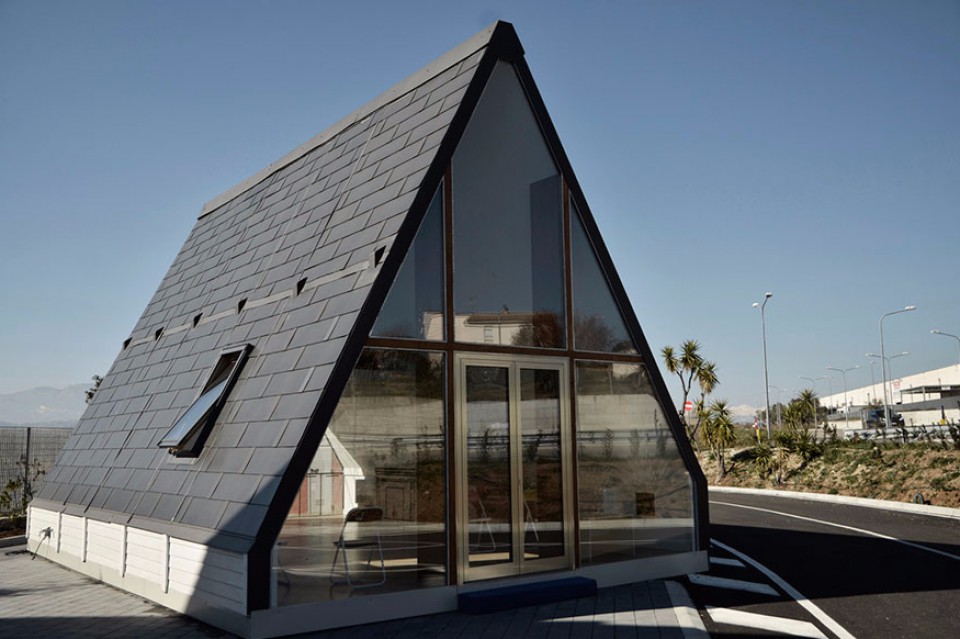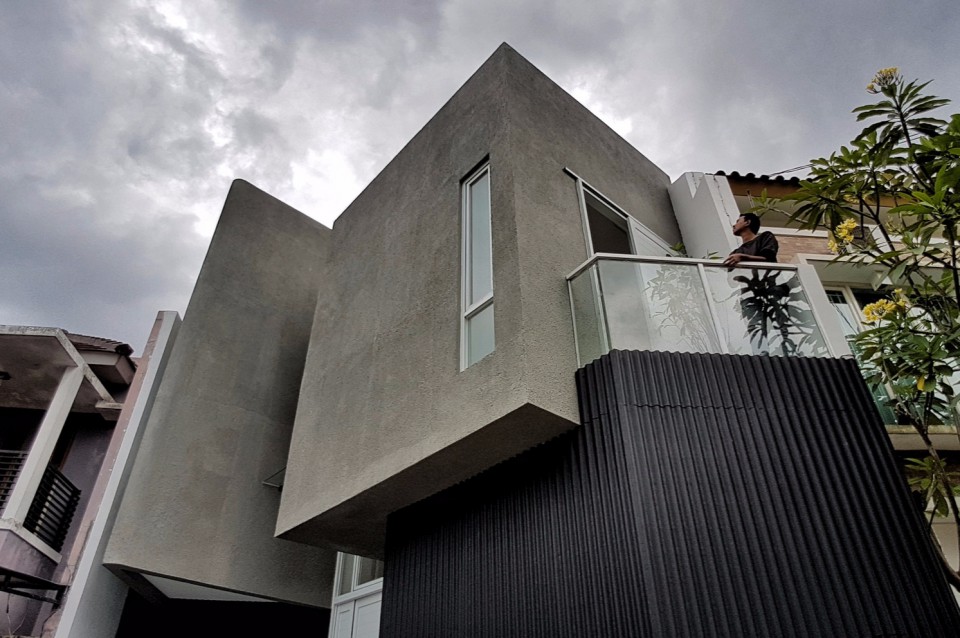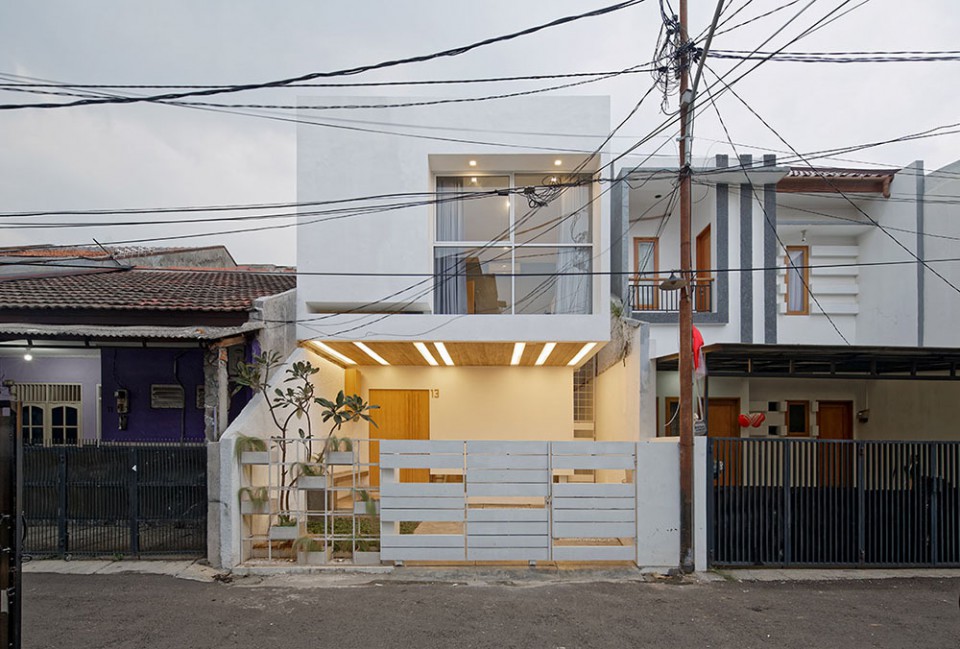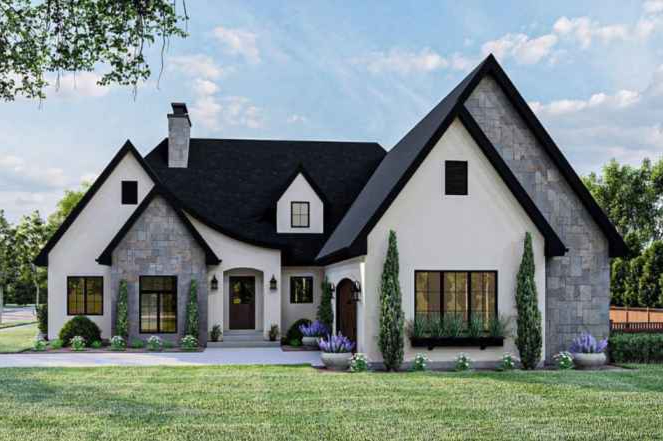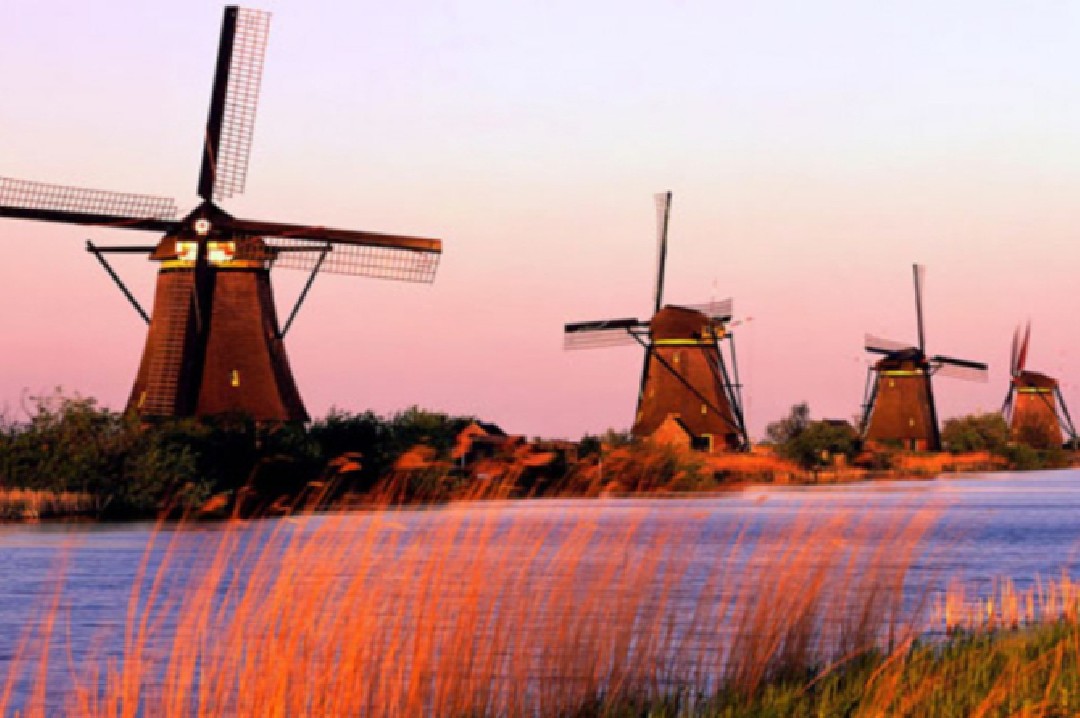17 September 2024
407
views
Latest Innovations in Building Design: Modern Architecture Trends

Modern architecture continues to evolve with changing lifestyles, needs, and technology. Innovations in building design today focus not only on aesthetics, but also on functionality, sustainability, and energy efficiency. With a more environmentally friendly approach, smart home technology, and innovative new materials, architects and designers are creating spaces that are not only beautiful but also adaptable to the needs of their occupants and their surroundings. These trends are affecting not only residential design, but also commercial buildings and public infrastructure. We will explore some of the latest innovations that define modern architecture and how they are shaping the future of the building world.
Building design today is undergoing a lot of changes, influenced by technological innovations and awareness of sustainability. Here are some of the latest innovations in modern architecture that are making a big difference in the world of building design.
Building design today is undergoing a lot of changes, influenced by technological innovations and awareness of sustainability. Here are some of the latest innovations in modern architecture that are making a big difference in the world of building design.
1. Green Buildings

Innovation in modern architecture is heavily influenced by efforts to create more environmentally friendly buildings. The use of sustainable materials, renewable energy systems, and efficient water management are key factors. For example, many modern buildings are equipped with solar panels, rainwater harvesting systems, and natural ventilation. Eco-friendly buildings not only reduce the carbon footprint, but also contribute to long-term energy savings.
2. Modular and Prefabricated Design

Modular and prefabricated designs are gaining popularity due to their convenience and efficiency. Building elements are manufactured in a factory and assembled on site, which speeds up the construction process and reduces costs. In addition, modular designs allow for greater flexibility, allowing parts of the building to be added or removed as needed by the occupants or users of the building.
3. Smart Home Technology and Automation

The integration of smart home technology has become an integral part of modern architectural trends. Features such as automated lighting systems, temperature control, sensor-based security, and internet-connected devices (IoT) enhance the comfort and safety of occupants. Modern buildings are becoming smarter, allowing occupants to control almost every aspect of their home with just a mobile phone or voice command.
4. Sustainable and Energy Efficient Design

In addition to green technology, many modern buildings are designed to maximize energy efficiency. Natural ventilation, maximum natural light, and the use of good insulation materials help reduce the energy needs for cooling and heating. Energy-efficient designs also often involve proper building orientation, making more effective use of natural sunlight and wind.
5. Use of Innovative Materials

The use of innovative materials is also an important part of modern architecture. Materials such as translucent concrete, bamboo, high-tech glass, and recycled wood are often used in modern projects. These materials are not only strong and durable, but also support sustainability efforts and add to the aesthetics of the building.
6. Flexible Space Design

Modern architecture tends to embrace the concept of flexible spaces that can be changed to suit the needs of the occupants. This design eliminates the boundaries between traditional spaces such as living room, dining room, or work space, allowing these spaces to be used multifunctionally. Movable partitions or folding furniture are key in this flexible space design.
7.Vertical Architecture and Urban Farming

With increasingly limited land in urban areas, vertical architecture is an effective solution. Tall buildings equipped with green spaces such as rooftop gardens or vertical farming areas (urban farming) help overcome the problem of limited space and create a greener environment. In addition, urban farming also provides access to fresh food in the middle of the city.
8. Sustainability Certifying Systems

Building certification systems such as LEED (Leadership in Energy and Environmental Design) and BREEAM (Building Research Establishment Environmental Assessment Method) encourage the use of green technologies. Buildings that meet the criteria for these certifications often receive incentives, such as lower taxes or greater access to resources, while increasing the value of their properties.
...
Innovations in modern architecture have changed the way we design and build, with a focus on efficiency, aesthetics, and sustainability. Buildings that incorporate smart technology, innovative materials, and eco-friendly design create spaces that are not only beautiful, but also functional and energy efficient.
By taking advantage of these trends, we can not only improve the comfort of living but also contribute to a greener, more sustainable future. So, if you are planning a building project, consider adopting the latest innovations in architectural design that will address future needs and provide long-term benefits. 🌿
...
Innovations in modern architecture have changed the way we design and build, with a focus on efficiency, aesthetics, and sustainability. Buildings that incorporate smart technology, innovative materials, and eco-friendly design create spaces that are not only beautiful, but also functional and energy efficient.
By taking advantage of these trends, we can not only improve the comfort of living but also contribute to a greener, more sustainable future. So, if you are planning a building project, consider adopting the latest innovations in architectural design that will address future needs and provide long-term benefits. 🌿


